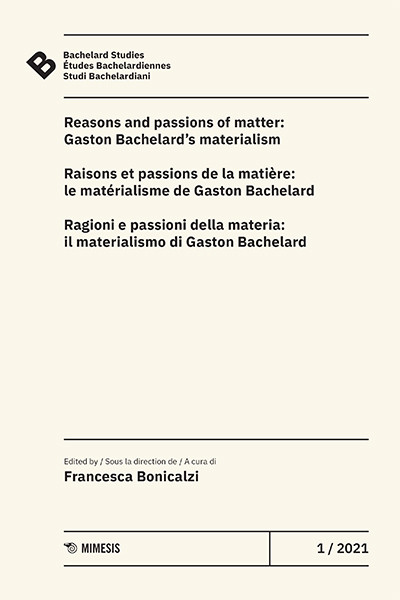Abstract
Che rapporto c’è tra la concezione platonica del ritmo come movimento che conserva la tensione, e la stratificazione di durata che Gaston Bachelard, ricostruisce nella sua analisi e discussione sul carattere fluido della durata bergsoniana? Rispondere a questa domanda richiede una ricerca sulla metafisica del ritmo e sul modo in cui una narrazione sostenuta dalla scansione opera sulla materia del suono, sulle forme in cui si inscrive e si riorganizza. Il tema del ritmo è un modo privilegiato per esaminare come il pensiero di Bachelard si occupi della forma temporale, e delle metamorfosi che attivano un movimento ciclico che collega il piano della vita riflessa nella coscienza alla costruzione di un sistema concettuale che scredita il flusso, pur mantenendo la sua tensione narrativa. Non sorprende che questa articolata riflessione, presentata in La dialettica della durata(1936), abbia trovato più risonanza nella teoria musicale che nella speculazione filosofica del XX secolo. Questo contributo, concepito nel 2006 e ripensato oggi, cerca di identificare alcuni dei temi concettualmente più densi che attendono di essere considerati in uno studio più ampio incentrato sulla rilettura delle forme di guarigione temporale. Attraverso il suo approccio innovativo, Bachelard riesce a conciliare discrezione temporale e movimento.
Parole chiave: Rythmos, Durata-Forme della scansione, Dialettica, Continuo-Discreto, Melodia.

